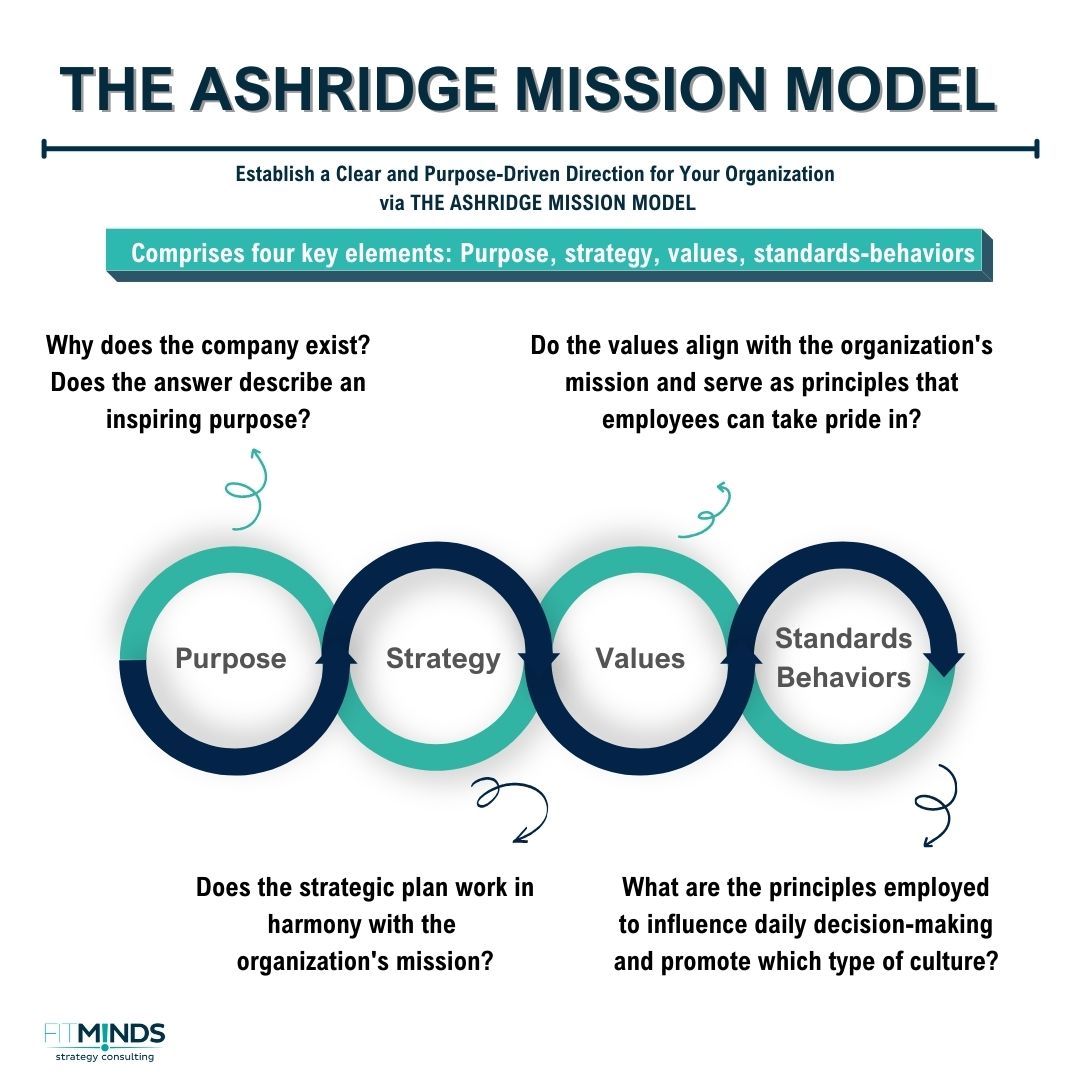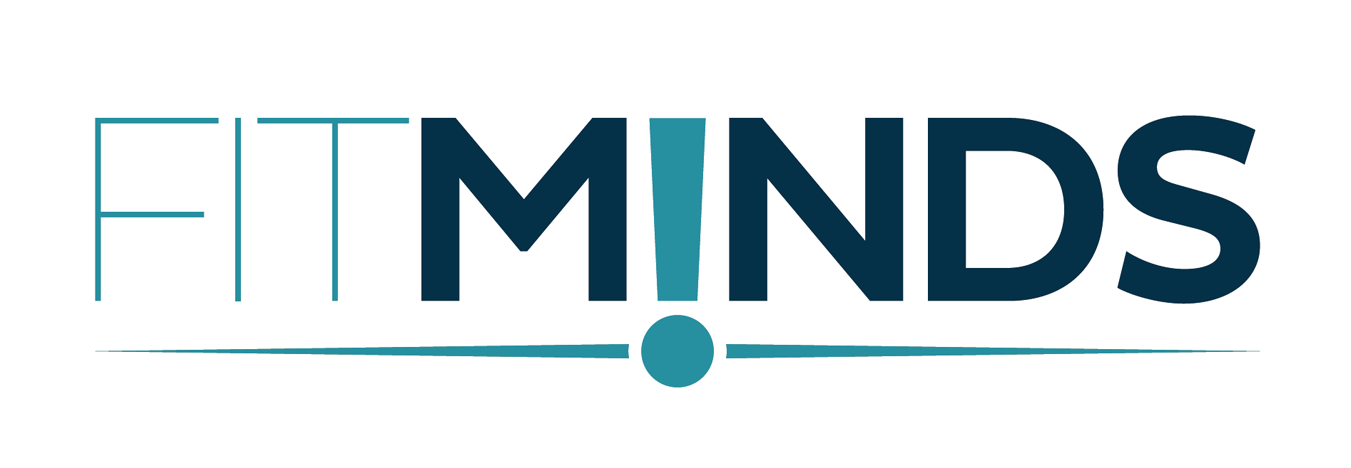The Ashridge Mission Model is a strategic management tool designed to define an organization’s mission statement. Andrew Campbell and Sally Yeung developed the model in the 1990s.
Main Benefits of The Ashridge Mission Model
The Ashridge Mission Model is a valuable tool for organizations to provide a structured approach to clarifying their mission and aligning it with their strategic objectives.
The Ashridge Mission Model helps you:
- to create a strategic path and strengthen the principles that influence the corporate culture,
- to ensure that the mission and values of the organization are aligned with its strategy,
- to gain a competitive advantage by focusing on long-term, mission-aligned objectives,
- to establish a connection between Values/Behaviors and Strategy/Vision.
Explanation of The Ashridge Mission Model
The Ashridge Mission Model provides a framework for creating a company mission statement. Over a two-year period, the development of the model included in-depth interviews conducted by Campbell and Yeung with 53 successful companies. These interviews were instrumental in shaping the optimal mission statement.
The model is used for formulating a mission statement, comprising four key elements: Purpose, strategy, values, and standards-behaviors.

Purpose: This is the central element of the model related to an organization’s mission but focuses more on the core reason for its existence. The mission statement should be clear, specific, and concise. A well-defined purpose helps align the organization’s activities and decisions with its core values and beliefs.
Strategy: The model emphasizes the creation of a strategic plan that is in harmony with the organization’s mission and delineates the roadmap for attaining its objectives. A strategy charts the course for future actions, unifies the organization around a shared purpose, and outlines the company’s approach to outperforming competitors. This encompasses strategic objectives, goals, and the initiatives to be pursued.
Values: Values represent the moral principles and beliefs that guide an organization’s culture. Values help to guarantee that all components of the organization have a shared understanding of what the organization stands for. They should align with the mission and purpose, providing a basis for ethical decision-making.
Standards and Behaviors: The Standards and Behaviors component presents guidelines that foster a culture of ethical conduct and alignment with the organization’s mission, values, and culture. They are the principles by which individuals make daily decisions. They help to identify the behaviors that employees are and are not encouraged to exhibit.
How to Apply The Ashridge Mission Model
To apply The Ashridge Mission Model to your business, FITMINDS is providing an adoption of the model that fits your company and your company’s needs. By using The Ashridge Mission Model, organizations can provide a structured approach to clarifying their mission and aligning it with their strategic objectives.
Contact us to get more information or discover your probable personalized roadmap for The Ashridge Mission Model.
Additional Tips and Readings
- You can learn more about organizational strategy models with the Miles and Snow Organizational Strategy Model.
- To visualize every critical aspect of your business on one page, you can read Business Model Canvas
- To learn more about management tools, you can read The Hoshin Kanri Matrix.
- To read more about the business-planning framework, you can check OGSM Framework.
Contact us to create effective marketing strategies via The Ashridge Mission Model.



13 comments
Pingback: donde puedo comprar kamagra
Pingback: order enclomiphene generic efficacy
Pingback: discount androxal no prescription
Pingback: ordering dutasteride cost at walmart
Pingback: cheapest buy flexeril cyclobenzaprine usa drugstore
Pingback: cheap gabapentin usa seller
Pingback: discount fildena uk online
Pingback: how to buy itraconazole cheap in canada
Pingback: buying staxyn australia no prescription
Pingback: how buy avodart canada
Pingback: buying rifaximin toronto canada
Pingback: ordering xifaxan price usa
Pingback: koupit kamagra v kanadě
Comments are closed.